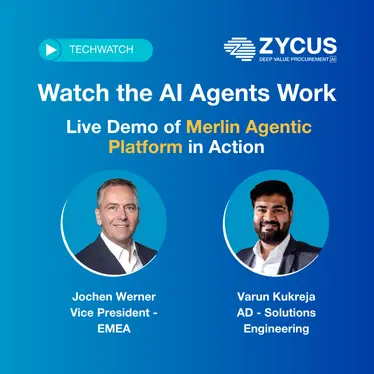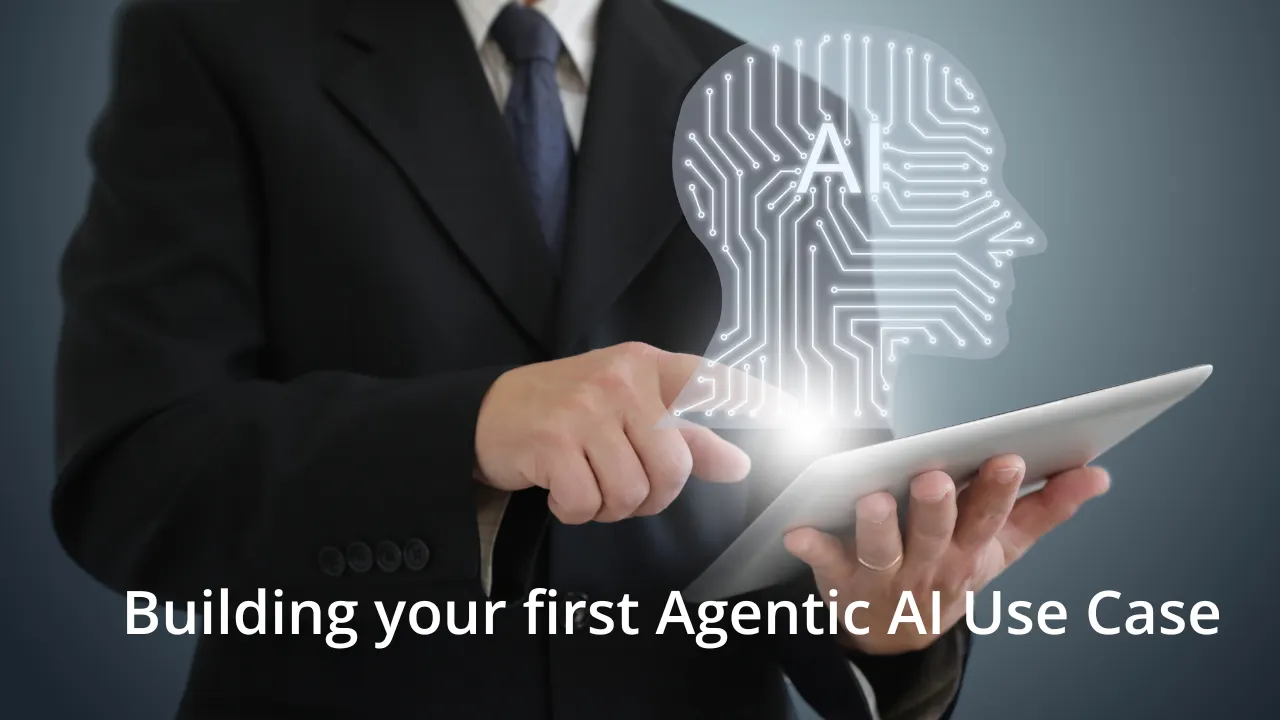Software delivery forms an important process post an organization’s decision to buy a solution. It is a process which involves close collaboration between the solution provider and the buying organization. Success of any software implementation project rests on the level of adoption of the end user. This post will look into the 3 phases involved in project implementation.
- Phase 1: Project Kick-Off
Project Implementation begins with the Kick-off phase which is characterized by establishing an understanding with the client vis-à-vis the objectives of implementing the software and also understanding the existing ERP/software set-ups. The focus during this phase is on 2 key areas, Project management & Data management. Project Management deals with focusing on defining and achieving client specific KRA’s while the Data Management team works towards achieving greater classification accuracy. These two steps play a major role in realizing ROI from software implementation.
Based on the availability of client’s time, resources and budgets, Zycus provides flexibility in terms of on-site/off-site project kick off. Zycus also establishes a single point of contact within the organization to understand the procurement function and within the IT team to understand the infrastructure and logistics involved. By having a specialist team study the various type of data in various source systems, Zycus ensures minimal time consumption of clients.
Once the KRA’s have been frozen, a steering committee is established with the client to accomplish the implementation process which is best suited for the organization. The steering committee has the responsibility to track the KRA’s during regular meetings to ensure the project is moving smoothly. Another responsibility of the steering committee is to look into the architecture provided by the Zycus data management team to be carried out to classify the data.
- Phase 2: Data Extraction and Validation
Globalization has resulted into organizations having their data in multiple languages spread across different ERP systems. Also every organization has its unique business requirements. Implementation of the solution requires extraction, transformation and loading (ETL) of data from disparate systems. Let us look into how Zycus simplifies the process for the customer:
Zycus works on the principle of providing flexibility for the client. In the case of data extraction, client has the flexibility of either carrying out the extraction process themselves or using Zycus’ service for data extraction. In the case of the former, the client’s IT team extracts the data and provides it in multiple files, which Zycus then normalizes and consolidates to provide the client with mutually agreed upon data templates.
In the latter case however, Zycus’ consulting team makes an on-site visit for end-to-end data extraction and transformation by leveraging on our past experience of dealing with diverse systems spread across geographies. Zycus makes use of internally developed tools for complex transformation activities to cut down efforts.
- Phase 3: Perception Alignment
This phase is a crucial step towards choosing the classification schema for organizations. It involves identifying current level/schema of classification and then providing a suitable schema for the organization. Zycus has a team of domain experts which help in clearly segmenting data as per industry standards wherein they analyze and work out a suitable schema based on client needs and industry standards.
To know more about Zycus’ taxonomy expertise click here




























































